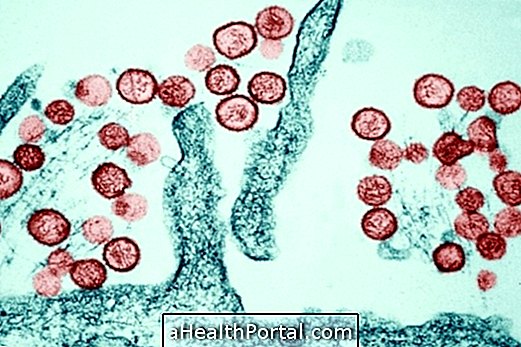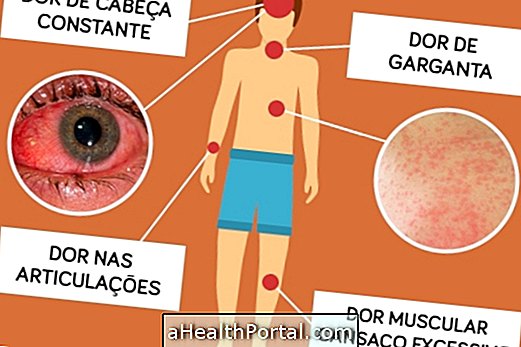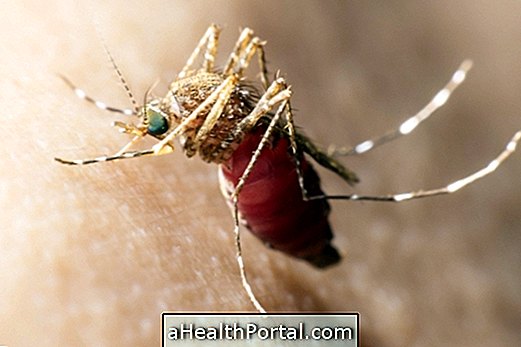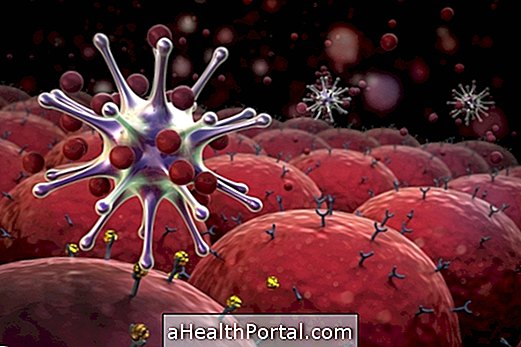Hantavirus is a virus of the Bunyaviridae family , found mainly in rodents, which can transmit the virus to people through their excrements such as feces and urine.
In Brazil, there are about 6 types of Hantavirus that cause disease in humans, and the number of infections is increasing due to the environmental degradation that occurs through urban growth and agricultural activities, which causes rodents or other animal vectors to pass living in environments close to home environments.
Hantavirus is the disease caused by hantavirus in humans, and produces a flu-like clinical picture with fever, headache and body aches, but can also lead to serious pulmonary, renal and bleeding complications. Check out the characteristics of this infection in Hantavirus.

How Transmission Happens
The main form of hantavirus transmission occurs when breathing virus particles present in the secretions and excretions of rodents, especially urine and faeces. It is also possible to contract the disease by contacting the virus with mucous membranes, wounds, rat bites, drinking water or contaminated food, or handling contaminated rodents in the laboratory.
The most likely to be contaminated with hantavirus and to develop hantavirus are rural workers, reforestation workers, or yard cleaners, sheds and barns that store food and feed, as well as people doing recreational activities in wild or rural areas.
The major animals carrying hantavirus are small mammals and rodents, such as rats, mice and rats, although they can also be found in other types of animals, such as bats. Hantavirus-infected animals suffer from a chronic and persistent infection, which although not causing serious changes in these animals, can cause a serious disease in humans.
How to identify
There are symptoms of hantavirus contamination:
- Shortness of breath;
- Fever;
- Muscle pain;
- Headache;
- Chills;
- Nausea;
- Vomiting;
- Dry cough;
- Malaise;
- Sensitivity to light;
- Reddish skin;
- Chicks in the inside of the mouth.
These symptoms last for 3 to 7 days and then the disease develops generating symptoms such as:
- Purples of purplish fingers;
- Heart palpitations;
- There may be kidney failure and proteinuria;
- Excessive urine: 3 to 6 liters per day.
This disease is often confused with other infections, especially Leptospirosis, which can also be transmitted by mice. Check out how to identify and treat Leptospirosis.
The diagnosis of hantavirus disease is made through immunological tests by the blood test.
How to treat hantavirus infection
Treatment for hantavirus disease is done in the hospital and, depending on the severity of the case, intensive care unit (ICU) admission may be required. There is no specific treatment to treat hantavirus infection, but the sooner the disease is detected, the better the chances of cure.
When infection seriously affects organs such as the kidneys and lungs, supportive therapies such as dialysis or even breathing by appliances may be needed. It is also recommended a rigorous observation of the vital signs and accompaniment of signs of better and worse.























